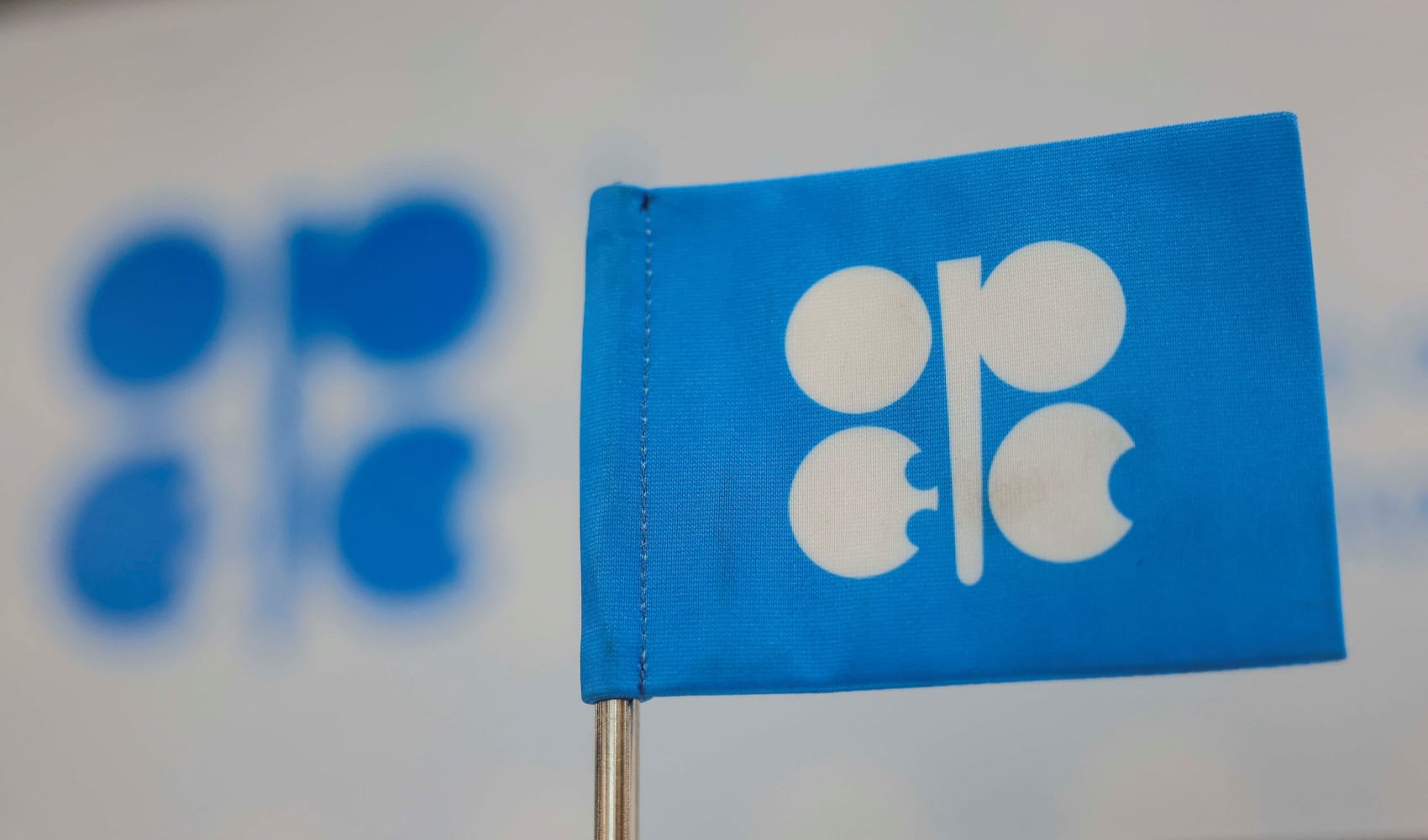
- Major investment banks and research firms project offshore yuan to weaken to an average 7.51 per dollar through the end of 2025, according to CNBC's calculation of forecasts from 13 institutions.
- That would mark the currency's weakest level on record, according to LSEG data going back to 2004.
- Chinese authorities are facing a tough call of protecting the yuan from falling too much while also striving to get the economy back on track.
Chinese authorities are contending with a weakening yuan as global investment banks forecast the currency to hit record lows, in anticipation of U.S. president-elect Donald Trump following through with his tariff threats.
Watch NBC6 free wherever you are
Major investment banks and research firms project offshore yuan to weaken to an average 7.51 per dollar through the end of 2025, according to CNBC's calculation of forecasts from 13 institutions.
That would mark the currency's weakest level on record, according to LSEG data going back to 2004.
Get local news you need to know to start your day with NBC 6's News Headlines newsletter.
Trump on Monday said he would impose an additional 10% tariff on all Chinese goods coming into the U.S., according to a post on his social media platform Truth Social. Trump had already pledged 60% or higher tariffs on Chinese goods during his election campaign.
"U.S. tariffs would, other things equal, lead to an appreciation of the dollar ... currencies of economies with close trade links to the U.S. would see the largest currency adjustments," said Jonas Goltermann, deputy chief markets economist at Capital Economics.
The yuan would need to move to a level of 8.42 against the dollar to fully factor in 60% tariffs on all Chinese goods, according to the projection of Mitul Kotecha, Barclays' head of FX & EM macro strategy of Asia.
Money Report
The offshore yuan has lost over 2% since the U.S. presidential election on Nov. 5, and last traded at 7.2514 on Thursday.
During the initial round of U.S. tariffs on Chinese goods under Trump's first term as president in 2018, the yuan depreciated by about 5%, according to Reuters, and weakened another 1.5% the following year when trade tensions intensified.
China has maintained a tight control over the yuan's value onshore by setting a daily price with the currency allowed to trade within a 2% band around that price. Offshore trading is more market-driven.
"The uncertainty is a lot higher this time" than during Trump's first term in office, given the size of tariff threat and magnitude of trade imbalance between China and the U.S., said Ju Wang, head of Greater China FX & rates strategy at BNP Paribas.
"Any perceived lack of consistency in the new US administration's policy statements would also add to the uncertainty," Wang added, who expects the PBOC to take "counter-cyclical measures to prevent its currency from overshooting the topside."
PBOC conundrum
Chinese authorities are facing a tough call of protecting the yuan from falling too much while striving to get the economy back on track. Any drastic depreciation of yuan could risk exacerbating capital outflows and sending shocks to the financial markets, economists said.
"The CNY is already close to the 7.3 per USD level that authorities have been trying to defend," said Cedric Chehab, chief economist at BMI," a push through this level would increase volatility for Chinese financial markets, which the PBOC would want to avoid."
But the challenge is that the central bank may not want to raise interest rates to contain yuan's decline, as that would weigh on growth of an already faltering economy, Chehab added.
The PBOC has been supporting the value of onshore yuan by capping the daily reference rate at 7.20 on the dollar this year.
This month, the central bank also kept several major policy rates unchanged as it seeks to stabilize the currency.
The exchange rate will be maintained "basically stable at an adaptive and balanced level," a central bank official said in a statement last week.
The stabilizing efforts will arrest some depreciation expectation and support broader Asian FX stability, said Wei Liang Chang, global FX and credit strategist at DBS Bank, who is hopeful that "a recovery is on the cards when U.S. rates soften further."
The U.S. dollar index has pared its gains after Trump announced the nomination of Scott Bessent as the next U.S. Treasury secretary, coming off from a two-year peak of 108.09 last Friday.
While Bessent, a hedge fund manager, has supported Trump's tariffs, he has advocated a "layered in" approach. "Such policy positions should help contain trade risks, create room for negotiations, and ultimately curb excessive RMB outflows," Chang added.






